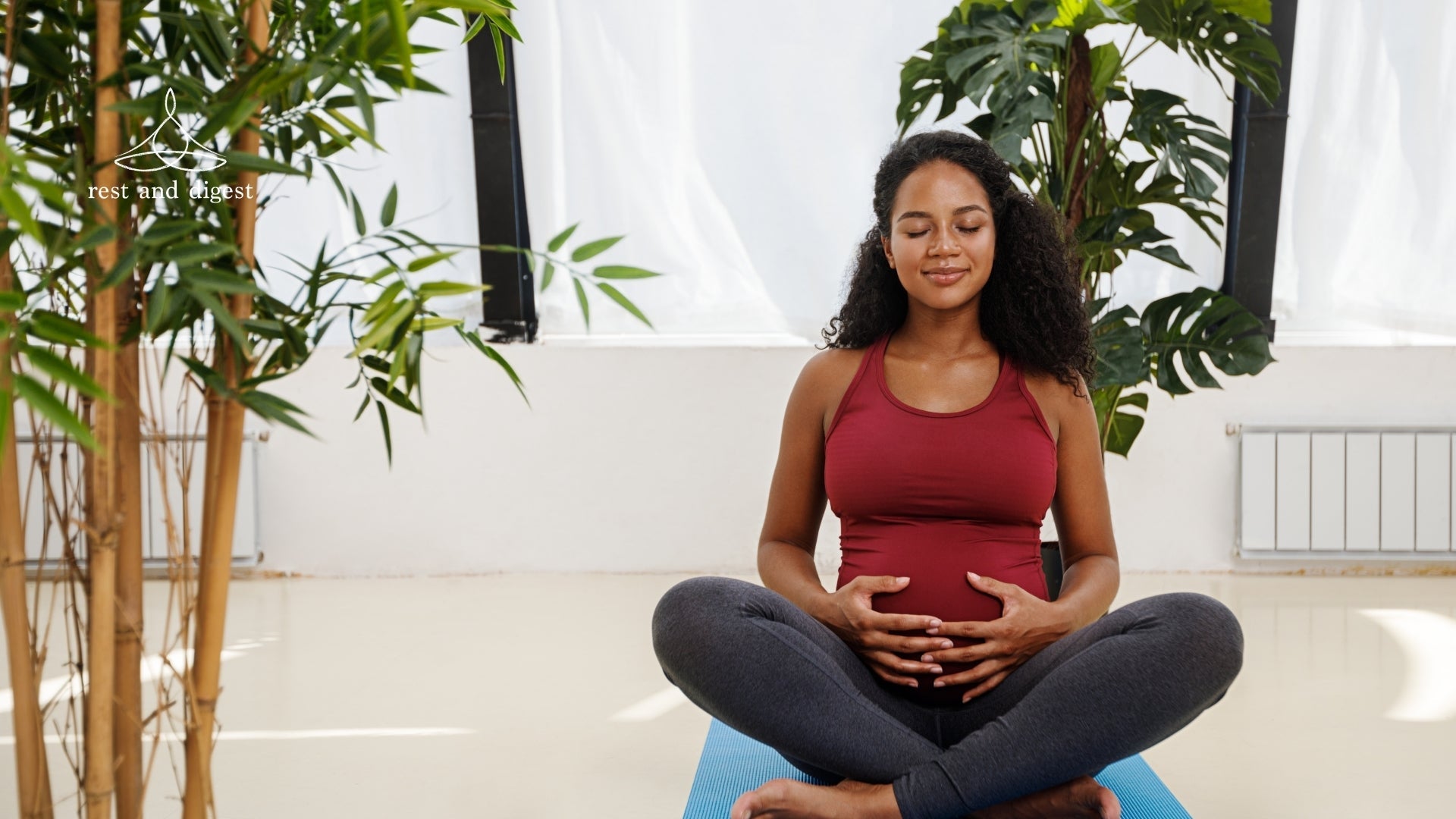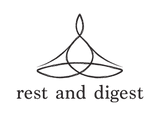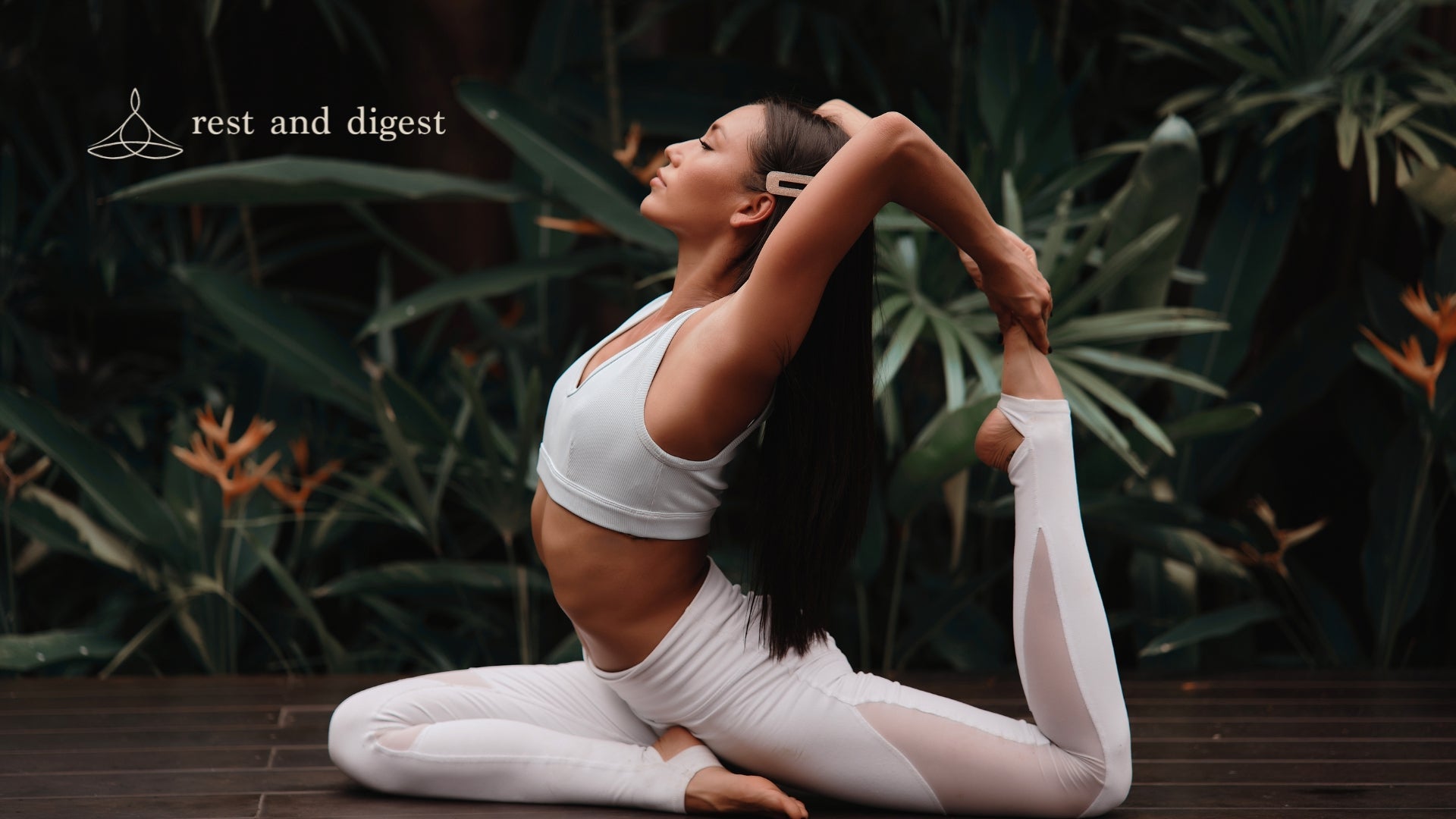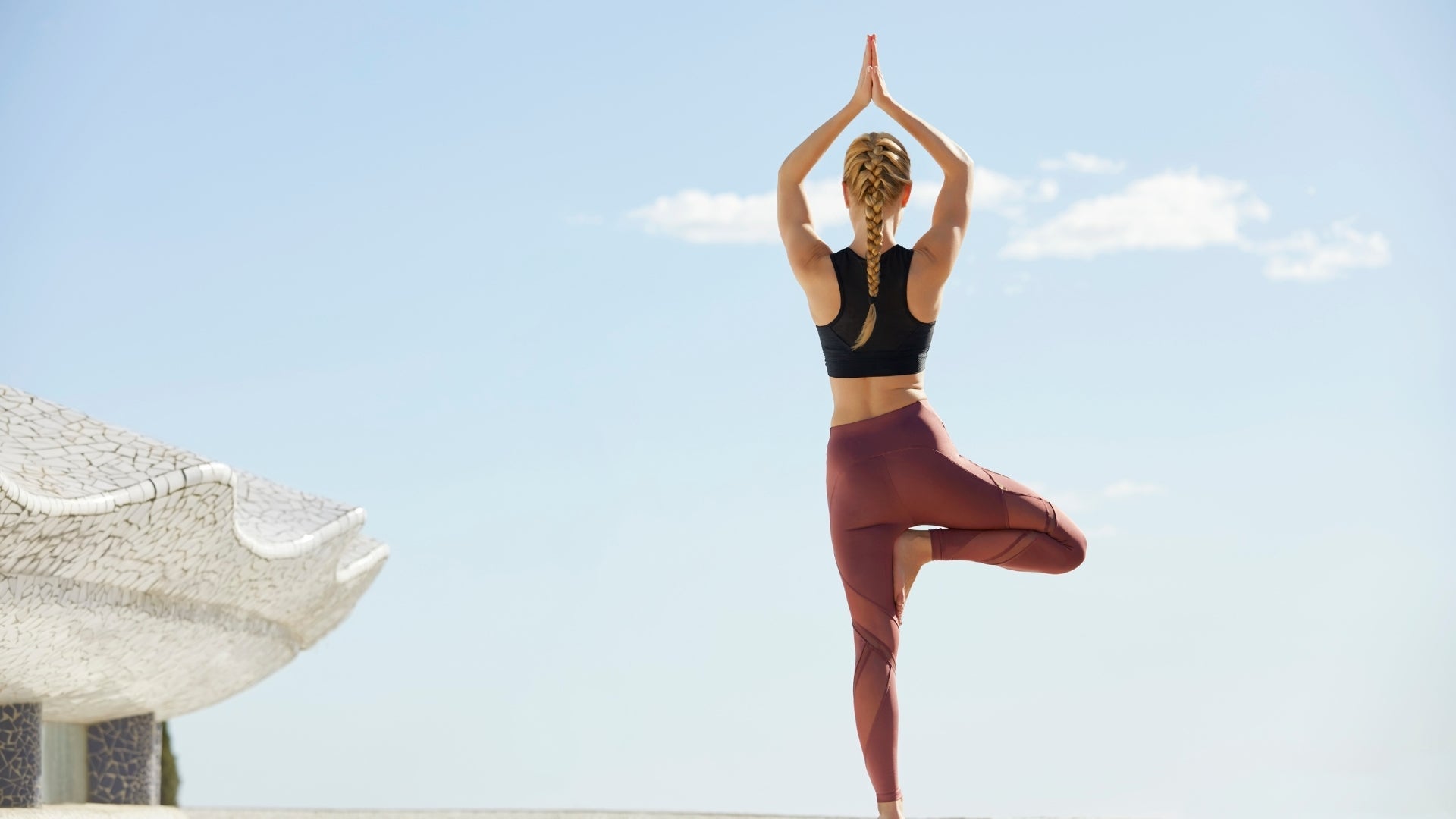
Pregnancy Yoga
Pregnancy is an exciting journey that also has its fair share of challenges from physical aches to emotional shifts. Expectant mothers often seek to nourish their bodies and minds during this transformative period. One of these ways is pregnancy yoga, a gentle and effective practice with many benefits for both mother and child.
This comprehensive guide will look at the benefits of doing yoga while you are pregnant, the different poses designed specifically for each trimester, and for post-pregnancy along with tips on how to have a safe yoga practice.
Benefits of Yoga During Pregnancy
Pregnancy yoga offers numerous benefits that contribute to the overall well-being of both the mother and the growing baby.
- Alleviates Physical Discomfort: Pregnancy comes with several forms of physical discomfort such as backaches, morning sickness, and weariness among others; all of which are eased through stretching exercises in yoga.
- Reduces Stress and Anxiety: Hormonal changes as well as anticipation can make life stressful especially when one is about to become a mother for the first time. Yoga facilitates relaxation by calming down one's mind thereby reducing stress levels.
- Improves Flexibility and Strength: The maintenance of flexibility and strength during pregnancy and childbirth is very important. Yoga poses focus on stretching and strengthening key muscle groups hence making your body ready for labor.
- Enhances Connection with Baby: Breathwork or mindfulness meditation may be part of prenatal classes that facilitate bonding between mother and baby.
-
Promotes Better Sleep: Several pregnant women find it hard to get good sleep for many reasons but through yoga, which relaxes both the body and mind, you can enjoy restful nights’ sleep naturally.
Yoga Poses for Each Trimester
First Trimester
During the first delicate trimester, when the body is adjusting to the changes due to pregnancy, it is important to concentrate on easy movements and poses that support the overall well-being without stressing too much on the body.
- Mountain Pose (Tadasana): Stand tall with feet apart from your hips and arms hanging down, It helps in posture improvement and maintaining balance.
- Cat-Cow Stretch: Start by placing your hands and knee on the ground, arching your back up like a cat when you inhale while at the same time dropping your belly during exhalation. This gentle movement helps relieve pain in your back and stretches out your spine.
- Supported Forward Fold: Apply this pose to remove all lower back tension as well as those on the hamstrings. Try standing with your legs wide apart while folding forward towards the chair’s side for support.
Second Trimester
The second trimester of pregnancy is often referred to as the “golden period” characterized by increased energy levels and reduced discomfort. Hence, this period is ideal to include more different yoga poses keeping in mind changing bodies’ requirements.
- Warrior II ( Virabhadrasana II): Step your feet wide apart with your arms extended parallelly down at shoulder level. Bend your front knee while keeping your back leg straight. It strengthens the legs while opening the hips.
- Goddess Pose (Utkata Konasana): Stand wide-legged with toes turned outwards. Bend knees and squat while keeping spine long; extend arms outwards such that shoulders are pushed back thereby strengthening legs along with pelvic floor muscles.
- Seated Spinal Twist: The cross-legged position of sitting should be maintained by twisting gently, the torso towards one side; one hand will be kept behind supporting while another will be positioned on the knee top. It relieves spinal stress thus improving digestion.
Third Trimester
Gentle yet effective poses focusing on relaxation, pelvic opening, and preparation for labor are required during the third trimester as your body prepares for childbirth.
- Supported Bridge Pose: Lie down on your back with knees bent and feet placed hip-width apart. Support hips by placing a block or bolster under the sacrum while lifting it off the ground. It helps in lower backache relief and slight abdominal stretching.
- Legs-Up-the-Wall Pose (Viparita Karani): Lie flat on your back with legs against the wall to encourage circulation thereby reducing leg swelling; it also relieves lower back discomfort together with hips.
- Child’s Pose (Balasana): Kneel on the floor bringing your toes together but widening your knees. Sit into heels then fold forward over your legs resting your forehead either on the ground or bolster during exhalations. It is a gentle pose that releases tension from the hips as well as the lower back.
Props Used In Yoga For Pregnancy
Yoga props play a crucial role in supporting comfort and safety during pregnancy yoga practice. Some essential pops include:
- Yoga Blocks: These provide support and stability in poses where flexibility or balance is limited, such as modified forward folds or seated postures. See our blog post on how to use a yoga block here.
- Bolsters: Bolsters offer gentle support in restorative poses, promoting relaxation and relieving pressure on the body.
- Blankets: Blankets can be used for extra padding and warmth during relaxation or seated poses, ensuring comfort throughout the practice.
- Chair: A sturdy chair can provide additional support for balance and stability in standing poses or as a prop for modified forward folds.
- Yoga Ball: A yoga ball for pregnancy, also known as a Swiss ball or stability ball, can be a versatile prop during pregnancy yoga practice. It offers support and stability while engaging core muscles and improving balance.
- Yoga Strap: A yoga stretch strap opens you up to a wider variety of poses, and helps with flexibilty and support. See our article on how to use a yoga strap here.
- Yoga Mat: Your yoga mat is an essential part of doing yoga properly and giving you a firm and comfortable base to work on. It is important that you use the most suitable yoga mat while you are pregnant
Post-Pregnancy Yoga
After giving birth, it is important to gradually ease back into yoga considering physical and emotional changes that occur post-partum. Here are some tips for post-pregnancy yoga.
- Listen To Your Body: Pay close attention to how you feel inside yourself physically and emotionally hence following your body's needs; start with gentle movements before increasing intensity gradually when feeling better and fitter.
- Focus on Core Strength: The role of postpartum yoga should be centered mainly on rebuilding core strength essential in supporting the spine as well as the pelvic floor through incorporating gentle core exercises such as pelvic tilts, and gentle twists alongside abdominal breathing techniques.
- Pelvic Floor Exercises: Engage in pelvic floor exercises (Kegels) to promote healing and return to normal pelvic floor function after childbirth. Focus on contracting and releasing your pelvic floor muscles thoughtfully.
- Be Patient and Kind to Yourself: Bear in mind that it takes time to recover from childbirth, and during this period you may have mood swings. You need to approach yoga with compassion, and patience, celebrating every step of progress along the way.
Considerations And Tips For Doing Yoga While You Are Pregnant
When practicing yoga while expecting a baby, it's essential to keep the following considerations and tips in mind.
- Before starting any new exercise regimen, including yoga during pregnancy, it’s important to consult with your healthcare provider to ensure it’s safe for you and your baby.
- Pregnancy yoga is about honoring your body and its capabilities. Listen to your body’s messages thus changing any pose that doesn't feel right at all.
- Drink plenty of water before, during, and after your yoga practice to stay hydrated.
- Pregnancy can make you more susceptible to overheating, so practice in a well-ventilated room and avoid hot yoga classes.
- Research authority websites on the topics of pregnancy and yoga to get the right information.
Motherhood is an exciting journey and participating in yoga is a great way for expecting mothers to take care of both the body and mind. The many benefits of yoga can be achieved by practicing gentle yoga poses, using mindfulness techniques, and listening to your body’s needs as you prepare to become a mother. Get ready for the transformative experience of pregnancy yoga.





